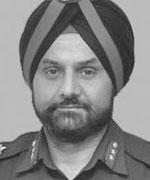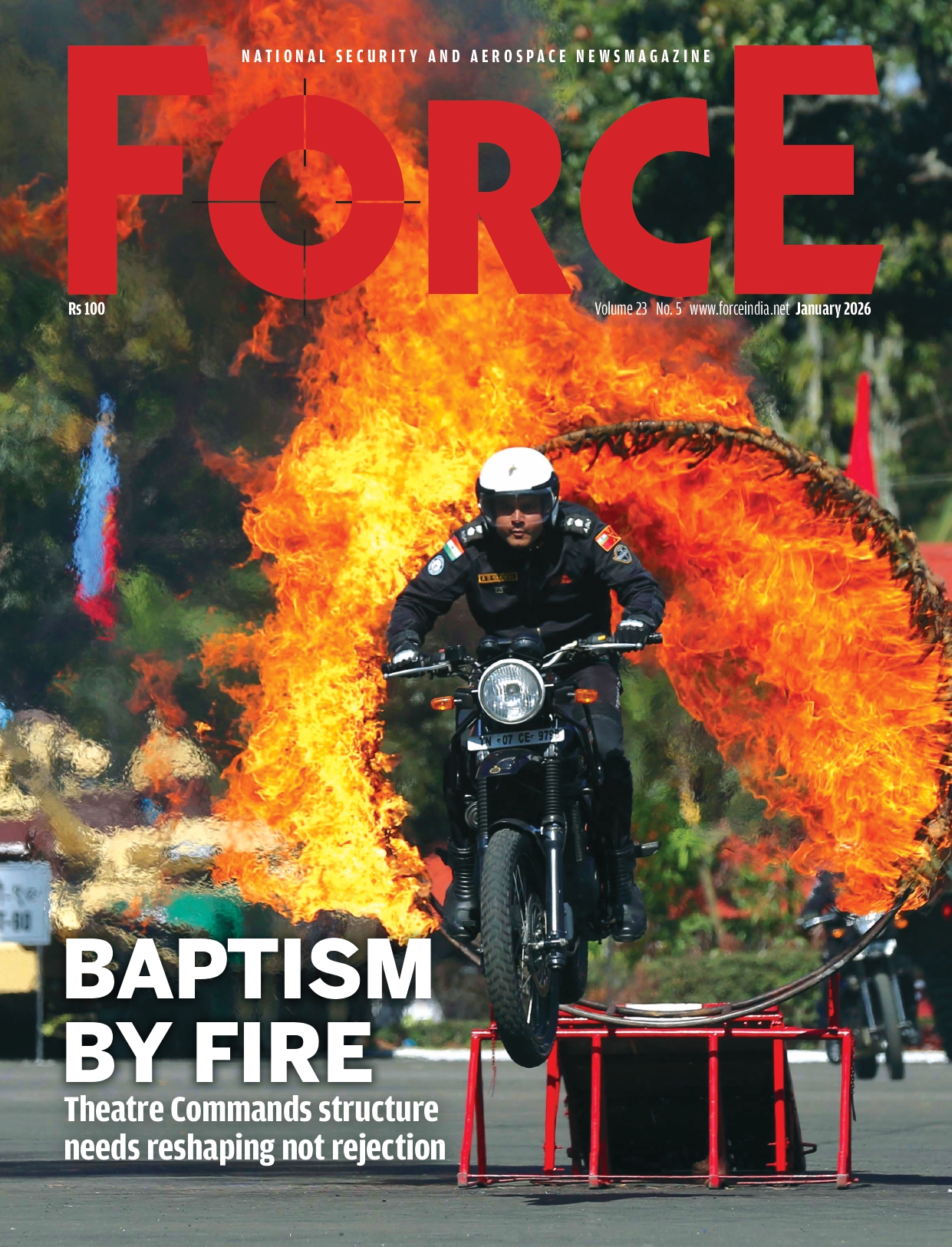A Tankful of Promise
 Maj. Gen. Rambir Mann
Maj. Gen. Rambir Mann
During archery practice the class was asked to shoot at a bird perched on the branch of a tree. Before starting, Dronacharya asked the class what they could see. All except Arjuna described the bird and the tree, while Arjuna saw only the eye of the bird.
— Mahabharata
Nothing can better symbolise the challenges of developing domestic defence industrial capabilities than the development trajectory of our Main Battle Tank (MBT) Arjun. Ironically named after the warrior prince Arjuna, the story of the MBT, which was developed by the Indian defence industrial base, is a violation of Arjuna’s fundamental percept.
Instead of extreme focus towards a clear end-goal within defined timelines, the Indian defence industrial edifice failed as a whole with key elements pulling in different directions. Developed under a multi-laboratory programme of Defence Research and Development Organisation (DRDO) mainly at the Combat Vehicles Research & Development Establishment (CVRDE) facility. The development of Arjun Mark (Mk) 1 was followed by the improved variant Mk1A, and the under-development Mk II. Arjun Mk1A, which features 75 improvements including firepower and transmission systems, were trial-evaluated in 2014 and 2015. They completed the final integration tests in 2019 and was cleared for production with orders for 118 MBTs Mk IA placed.
The Arjun Mk II variant is a futuristic main battle tank (FMBT) with lighter net weight, an anti-tank missile, electro-optical sensors and high-power lasers. It is being developed by DRDO with a total of 93 upgrades, as per the requirements of the army and is seen as a potential replacement for the army’s ageing Russian T-72 fleet of 2,400 tanks. The Indian Army placed initial orders for 124 Mk I tanks in March 2000 with deliveries from August 2004 to May 2009. The army received all 124 tanks by 2011. In March and April 2010, comparative trials of a squadron each of the Arjun MBT Mk IA and the Russian T 90 Tank in Rajasthan deserts reportedly saw the Arjuns perform at par or better. The Indian Army subsequently ordered another 124Mk IA with 72 improvements and 14 major upgrades over the MK I, resulting in an increase in weight to 68 tons.
The MBT Arjun Mark I Journey
The progress made in the design and development of Main Battle Tank (MBT) Arjun was examined by the Public Accounts Committee (1988-89) and their findings were reported in the fifth Report (8th Lok Sabha) presented to Parliament on 28 April 1989. Subsequently, the 57th Report on the ‘Action Taken’ on the Fifth Report was adopted on 8 December 2003 by the Lok Sabha. Both these documents give a good account of the development trajectory of MBT Arjun.
Based on the General Staff Qualitative Requirement (GSQR) prepared by the army in August 1972 for MBT Arjun, the government sanctioned the Project for design and development of MBT Arjun by DRDO at a total cost of Rs 15.50 crores involving a foreign exchange component of Rs 3.70 crore in May 1974. The laudable objective was eliminating of foreign exchange outgo, dependence on foreign countries for design and manufacture
Subscribe To Force
Fuel Fearless Journalism with Your Yearly Subscription
SUBSCRIBE NOW
We don’t tell you how to do your job…
But we put the environment in which you do your job in perspective, so that when you step out you do so with the complete picture.







